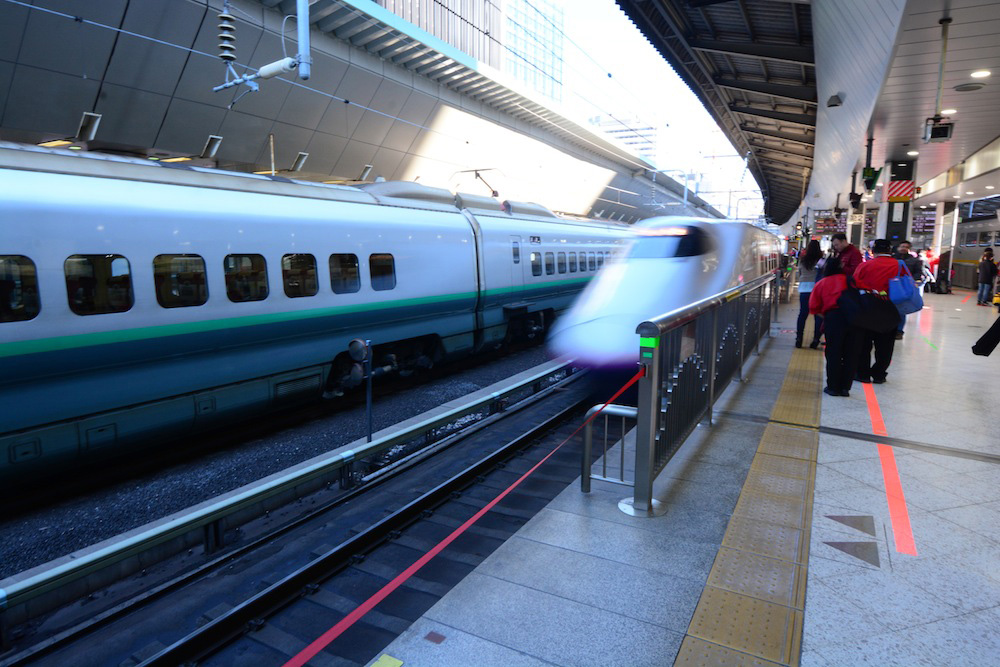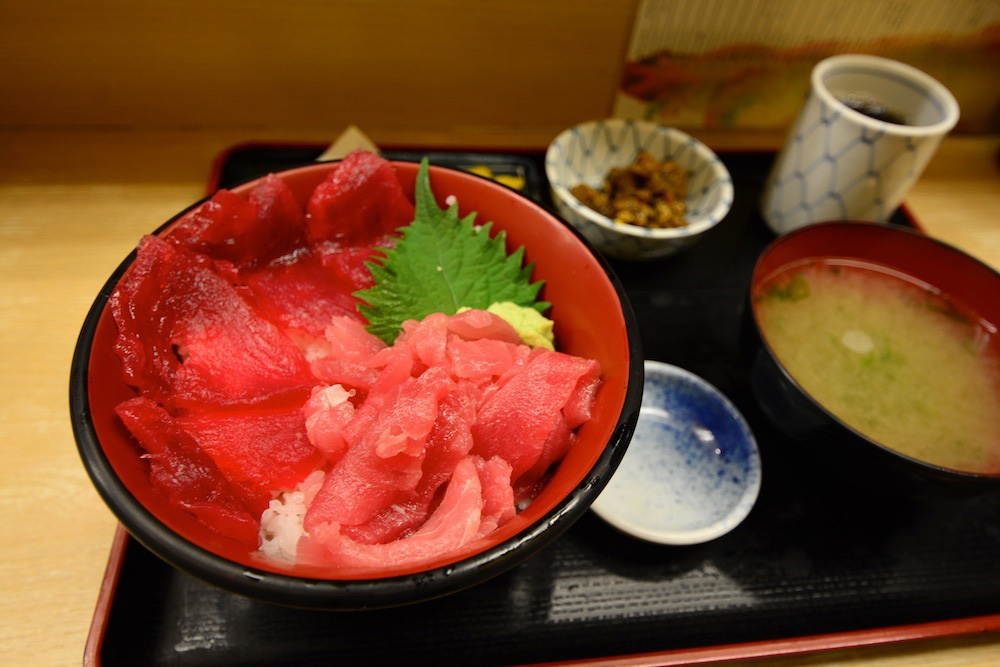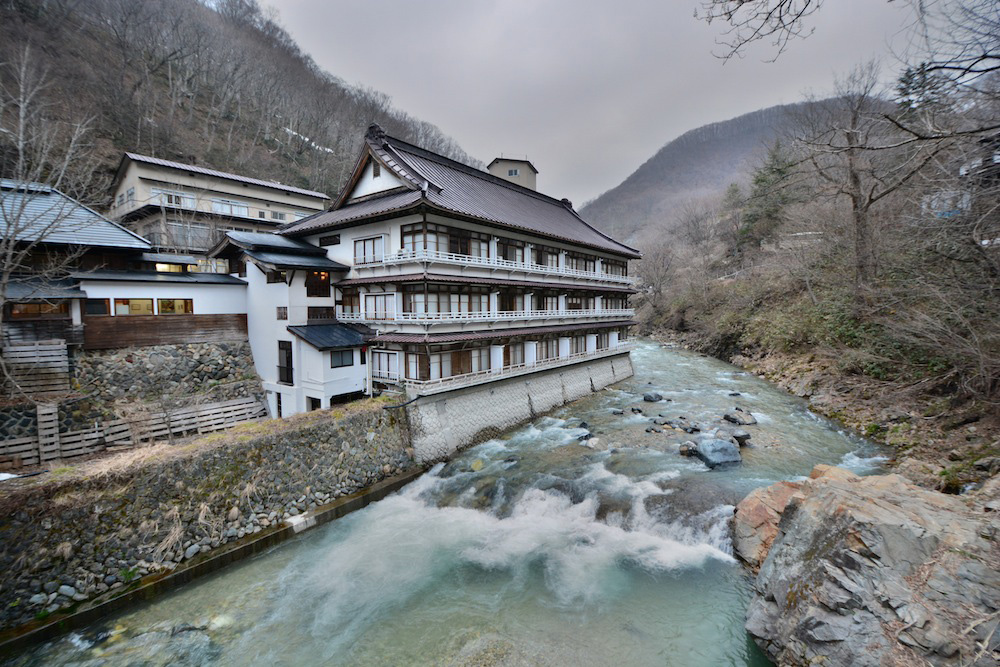
Transportation in Japan
The cost of travel in Japan today is not as expensive as most people make it out to be. Transportation in Japan (long-distance transportation in particular) tends to be expensive. The good news is that there are ways around this, most notably the Japan Rail Pass. Mine cost 540 USD for unlimited use over three weeks; my first train journey alone (a short hop from Tokyo to Kyoto) would’ve cost me 140 USD – I think you get the picture.

And what about the price of local transportion in Japan? It’s in line with other major world cities in Tokyo, where a one-way subway ride starts at about ¥200 (2 USD), while it’s cheaper in other cities such as Hiroshima and Kyoto, where unlimited day tickets for tourists are available.

Also keep in mind that most Japanese cities are extremely walkable, so unless weather conditions are bad or you’re just in a rush, you can actually transport yourself for free in most cases! To be sure, if you buy a JR Pass and walk as much as possible in Japan, you aren’t going to spend much more on transportion in Japan than you would in any other developed country – in fact, you will likely spend less.
One unavoidably expensive aspect of transportation in Japan is the over-water sort. Excepting public JR ferries, private ferry transport (for example, from Kagoshima to the magnificent Yakushima island) is extremely, extremely expensive. Ditto for domestic flights within Japan.
Food in Japan
Food is the second of what I call the “Big Three” travel expenses and I’m happy to report that affordable food is surprisingly abundant in Japan. When it comes to the price of food in Japan, I like to think of it in three tiers.
First, there’s packaged food from convenience stores (Lawson, Family Mart and 7-11 are the big ones) and fast food, both international chains and Japanese ones like Mos Burger. If you use this method for eating, as I often did, you can easily get a “meal” for between ¥300-500.
Secondly, there are modest sit-down restaurants. These include ramen shops at railway stations, entry-level sushi and tempura joints and Japanese sit-down chains such as Coco Curry House. Here, service and ambiance are modest, but the quality of food is very good. You can expect to pay between ¥500-1,200 for a meal, which usually includes unlimited hot tea, water and rice.

(A special note about sushi, particularly if you’re in Tokyo. If you want to find cheap sushi in Japan, search for a “conveyor belt” sushi restaurant. Individual pieces run around ¥100-200, so it’s a great way to sample a lot of delicious fish if you aren’t looking for a set meal.)
Finally, there are the mid-range and expensive restaurants – I didn’t really eat at any of these, but I know they exist. I suppose the closest I got was having sushi for breakfast at Tsukiji Fish Market, where a sashimi bowl (to be fair, arguably the best tuna sashimi in the world) will set you back around ¥1,500-3,000.
In general, it’s easy to find affordable, delicious and (mostly) nutritious food in Japan.
Accommodation in Japan
Accommodation is the third of the big three travel expenses, and unfortunately, it’s not only the most expensive of them in Japan, but also the most unavoidable: There’s no special pass for hostels or guest houses and prices for tourists are higher, if anything. For example, I paid ¥3,500 (or about 35 USD) for a dorm bed in a hostel in Kyoto.
With this being said, you can find bargains on hotels in Japan. For example, you can get a pod in a capsule hotel in major cities for between ¥1,500-2,000 per night. Alternatively, you can stay in a “Business Hotel” (or even, if you dare, a “love hotel”) and enjoy a modest rate in exchange for a small room and minimal ambiance. For example, I stayed in a comfortable room in Tottori (home to Japan’s strange desert) for ¥4,900 per night.

Traditional Japanese inns (known as ryokan) tend to be expensive, running at least ¥10,000 per night in most cases, but many of these include 1-2 meals per day and access to on-site services, which often including onsen hot springs, as was the case in the mountain wonderland known as Takaragawa Onsen.
Accommodation in Japan isn’t cheap, but if you keep your food and transportation costs down in the ways I’ve suggested, its impact on your overall bottom line will be minimal.

Robert Schrader is a travel writer and photographer who’s been roaming the world independently since 2005, writing for publications such as “CNNGo” and “Shanghaiist” along the way. His blog, Leave Your Daily Hell, provides a mix of travel advice, destination guides and personal essays covering the more esoteric aspects of life as a traveler.








